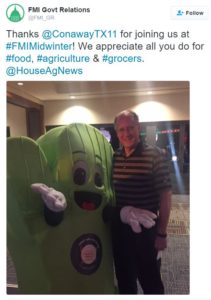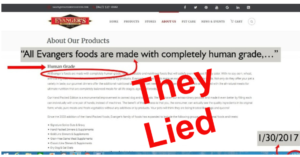Don’t we need a millennium development goal for social rank?
Yes, says Martin Tobias’s must-read commentary in The Lancet.
The commentary cites a paper in the same issue arguing that low social rank, meaning “powerless to determine your own destiny, deprived of material resources, and limited in the opportunities open to you,” has a profound effect on lifestyle and life chances. Its authors base these views on a study of 1·7 million adults followed up for mortality (all cause and by cause) for an average of 13 years.
Even with use of a crude categorisation of social rank based on occupation (professional, intermediate, and unskilled), the study was able to quantify the social gradient in mortality: an approximately 20% increase in risk per unit decrease in rank.
Tobias’ commentary recommends evidence-based strategies to minimize the impact of social hierarchy on health:
Invest in children
-
Early childhood development enrichment programs
-
Intensive parent support (home visiting) programs
-
Enrollment of all children in early childhood education
Get the welfare mix right
-
Regulate markets as necessary
-
Implement income transfer policies that redistribute resources (ie, progressive tax and benefit regimes)
-
Optimize balance between targeted and universal social protection policies through benefit design that minimizes both undercoverage and leakage
-
Eliminate child poverty through monetary and non-monetary support for families with dependent children
Provide a safety net
-
Provide income support or tax credits
-
Provide social housing
-
Subsidize childcare
-
Provide free access to health care (especially preventive services)
Implement active labor market policies
-
Provide job enrichment programs
-
Democratize the workplace (involve employees in decision making)
-
Provide career development and on-the-job training
-
Provide fair financial compensation and intrinsic rewards
-
Promote job security
-
Discourage casualization of the workforce
Strengthen local communities
-
Foster regional economic development
-
Promote community development and empowerment
-
Encourage civic participation
-
Create mixed communities with health-enhancing facilities
Provide wrap-around services for the multiply disadvantaged
-
Coordinate services across government and NGOs
-
Provide intensive case management when necessary
-
Foster engagement of the targeted families and individuals
Promote healthy lifestyles
-
Strengthen tobacco control and addiction services
-
Improve the diet of poor families (eg, through subsidizing fruit and vegetables, community gardens, purchasing co-ops, school meals)
-
Provide green space and subsidized sport and recreation facilities
Ensure universal access to high quality primary health care
-
Subsidize practices serving high need populations
-
Provide additional nursing and social worker support for practices in disadvantaged areas
-
Assist patients with clinic transport and childcare
-
Provide services free at point of use
-
Provide conditional cash transfers (to increase demand for clinical preventive services)
The paper is open access. Spread it around. Pick the recommendation you think most important, and get to work!



